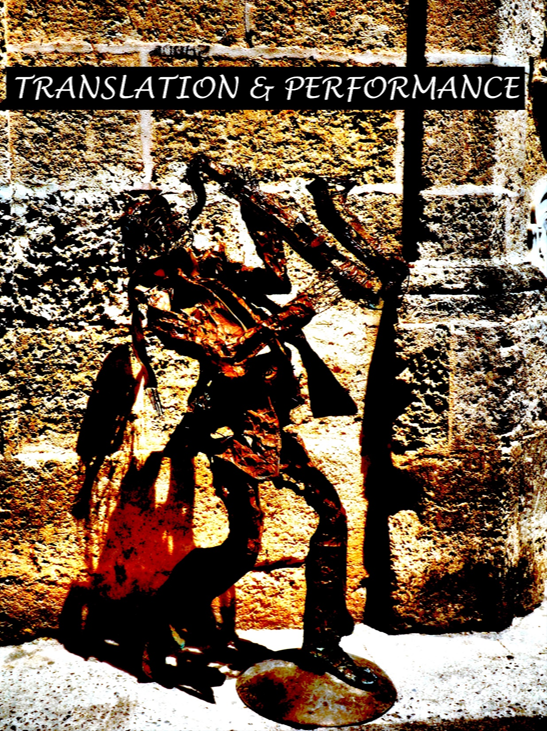Sign Language Interpreting in Theatre: Using the Human Body to Create Pictures of the Human Soul
DOI:
https://doi.org/10.21992/T9N33BKeywords:
Translation, Theatre, Sign language, Deaf, NeuroscienceAbstract
This paper explores theatrical interpreting for Deaf spectators, a specialism that both blurs the separation between translation and interpreting, and replaces these potentials with a paradigm in which the translator's body is central to the production of the target text. Meaningful written translations of dramatic texts into sign language are not currently possible. For Deaf people to access Shakespeare or Moliere in their own language usually means attending a sign language interpreted performance, a typically disappointing experience that fails to provide accessibility or to fulfil the potential of a dynamically equivalent theatrical translation. I argue that when such interpreting events fail, significant contributory factors are the challenges involved in producing such a target text and the insufficient embodiment of that text. The second of these factors suggests that the existing conference and community models of interpreting are insufficient in describing theatrical interpreting. I propose that a model drawn from Theatre Studies, namely psychophysical acting, might be more effective for conceptualising theatrical interpreting. I also draw on theories from neurological research into the Mirror Neuron System to suggest that a highly visual and physical approach to performance (be that by actors or interpreters) is more effective in building a strong actor-spectator interaction than a performance in which meaning is conveyed by spoken words. Arguably this difference in language impact between signed and spoken is irrelevant to hearing audiences attending spoken language plays, but I suggest that for all theatre translators the implications are significant: it is not enough to create a literary translation as the target text; it is also essential to produce a text that suggests physicality. The aim should be the creation of a text which demands full expression through the body, the best picture of the human soul and the fundamental medium of theatre.Downloads
Published
Issue
Section
License
Authors who publish with this journal agree to the following terms: a.Authors retain copyright and grant the journal right of first publication with the work simultaneously licensed under a Creative Commons Attribution License that allows others to share the work with an acknowledgement of the work's authorship and initial publication in this journal. b.Authors are able to enter into separate, additional contractual arrangements for the non-exclusive distribution of the journal's published version of the work (e.g., post it to an institutional repository or publish it in a book), with an acknowledgement of its initial publication in this journal. c.Authors are permitted and encouraged to post their work online (e.g., in institutional repositories or on their website) prior to and during the submission process, as it can lead to productive exchanges, as well as earlier and greater citation of published work (See The Effect of Open Access).



